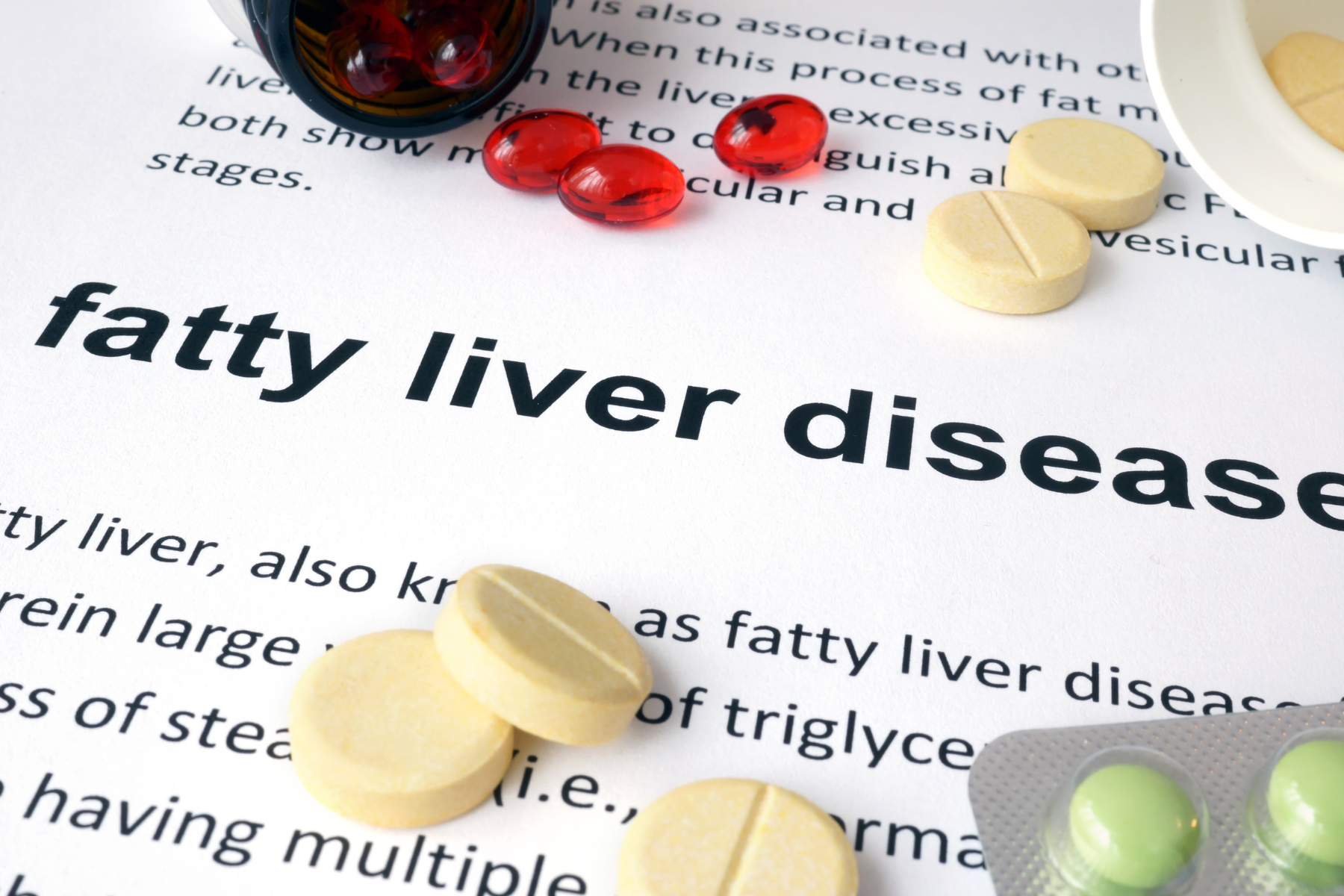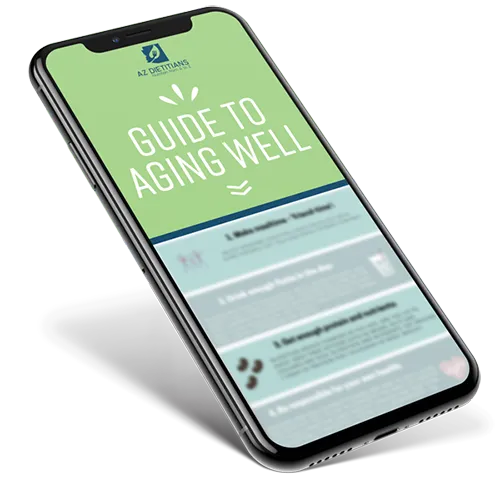A diagnosis of Fatty Liver may have recently come your way, or perhaps you know someone who’s grappling with it. Fatty Liver, or Non-Alcoholic Fatty Liver Disease (NAFLD), is becoming increasingly common, with a concerning statistic that 24% of Americans are diagnosed with this condition. Below, we’ll look into the disease a bit more. We’ll explore what Fatty Liver is, the factors that contribute to it, who is at risk, and most importantly, how to treat and prevent it.
What is Fatty Liver?
Fatty Liver, or NAFLD, represents a condition characterized by the accumulation of excess fat in liver cells. This buildup of fat can lead to inflammation and, over time, potentially progress to more severe liver complications, such as Non-Alcoholic Steatohepatitis (NASH) or cirrhosis.
What Causes It? Who is at Risk?
Understanding the root causes and identifying those at risk is crucial to addressing Fatty Liver effectively. The condition can be attributed to several factors, and it affects a broad range of individuals:
- Poor Dietary Choices: Diets rich in saturated fats, added sugars, and processed foods significantly elevate the risk of Fatty Liver. Excessive calorie consumption, particularly from sugary drinks and processed snacks, plays a pivotal role in fueling this condition.
- Obesity: Being overweight or obese is a primary driver of Fatty Liver. Excess body weight often leads to the accumulation of fat in the liver, creating a conducive environment for NAFLD.
- Insulin Resistance: Conditions like type 2 diabetes and metabolic syndrome are frequently associated with Fatty Liver due to their strong links with insulin resistance and altered fat metabolism.
- Genetic Predisposition: Genetics play a role in Fatty Liver development, with some individuals having a genetic predisposition to this condition due to their family history.
- Rapid Weight Loss: Paradoxically, crash diets and swift weight loss can sometimes trigger Fatty Liver. The liver attempts to process and release stored fat rapidly, which can exacerbate the condition.
- Sedentary Lifestyle: Physical inactivity contributes to obesity and metabolic dysfunction, making it a significant risk factor for Fatty Liver. Leading a sedentary lifestyle may amplify the risk of developing this condition.
- Medications: Certain medications, such as corticosteroids, tamoxifen, and others, can increase the risk of Fatty Liver. If you’re on these medications, it’s essential to be aware of this potential risk.
- Gender and Age: Men, as well as individuals over 50, are at a higher risk of developing Fatty Liver. However, this condition can affect individuals of all ages and genders.
How to Treat Fatty Liver
Fatty Liver is manageable and often reversible. Here are the steps to effectively treat it:
- Lifestyle Modifications: Adopting a well-balanced diet that’s rich in fruits, vegetables, lean proteins, and whole grains is important in Fatty Liver management. Reducing your consumption of sugar and processed foods is also crucial.
- Weight Management: If you’re overweight or obese, losing weight can significantly reduce the fat accumulation in your liver. Gradual, sustainable weight loss is the key to success in treating Fatty Liver and enhancing insulin sensitivity.
- Management of Underlying Conditions: If you have coexisting conditions like diabetes, high blood pressure, or high cholesterol, managing these conditions is vital for improving liver health. Proper management of these conditions can alleviate the burden on your liver.
- Medications: In some cases, healthcare professionals may prescribe medications to address Fatty Liver, but this should be done under their supervision. Medications can be a part of the treatment plan for more advanced stages of Fatty Liver, such as NASH.
- Regular Monitoring: Regular check-ups and liver function tests are essential to track your progress and make necessary adjustments to your treatment plan. These assessments help healthcare professionals determine the effectiveness of your treatment and provide guidance accordingly.
How to Prevent It
Prevention is the cornerstone of Fatty Liver management, and it’s entirely achievable. Here’s what you can do to reduce your risk:
- Healthy Eating: Maintain a diet rich in whole, unprocessed foods. Limit your consumption of sugar, saturated fats, and processed snacks. Practice portion control to manage calorie intake.
- Physical Activity: Incorporate regular physical activity into your routine. Aim for at least 150 minutes of moderate-intensity exercise per week. Exercise not only helps with weight management but also improves insulin sensitivity.
- Moderate Alcohol Consumption: If you consume alcohol, do so in moderation. Excessive alcohol intake can contribute to Fatty Liver. For women, this means up to one drink per day, and for men, up to two drinks per day.
- Stay Hydrated: Drinking plenty of water helps your liver function optimally and aids in overall health.
- Avoid Crash Diets: Opt for sustainable, long-term approaches to weight loss instead of quick fixes. A gradual and steady approach to weight loss is not only more effective but also safer for your liver.
- Stress Management: Chronic stress can impact liver health. Practice stress-reduction techniques like meditation, yoga, or deep breathing exercises to manage your stress levels.
- Regular Health Check-ups: Routine health check-ups can help detect and address potential issues before they become severe. Your healthcare provider can monitor your liver health and provide guidance based on your specific needs.
Is Fatty Liver Reversible?
One of the most critical questions people have about Fatty Liver is its reversibility. In the early stages, when it is still characterized as simple steatosis (excess fat accumulation), Fatty Liver is often reversible through lifestyle modifications. By addressing risk factors, such as losing weight, improving your diet, and increasing physical activity, you can reduce or even eliminate the excess fat in your liver.
However, as Fatty Liver progresses to Non-Alcoholic Steatohepatitis (NASH) or advanced fibrosis, the reversibility becomes less certain. Once scarring or fibrosis occurs in the liver, the damage may become irreversible. This is why early detection and intervention are crucial. It’s essential to work with your healthcare provider, who can determine the stage of your Fatty Liver and provide guidance on the most appropriate treatment and lifestyle changes.
How is it diagnosed?
Diagnosing Fatty Liver, or Non-Alcoholic Fatty Liver Disease (NAFLD), typically involves a combination of medical history, physical examinations, and various diagnostic tests. Here’s how Fatty Liver is diagnosed:
Medical History: Your healthcare provider will start by taking a detailed medical history, including information about your overall health, lifestyle, and any symptoms you may be experiencing. They may ask about your diet, physical activity, alcohol consumption, and any existing medical conditions.
Physical Examination: A physical examination may reveal signs associated with Fatty Liver, such as an enlarged liver. However, many individuals with Fatty Liver do not exhibit noticeable physical symptoms, especially in the early stages.
Blood Tests: Blood tests are often conducted to assess liver function and rule out other liver conditions. The tests may include:
Liver Function Tests: These tests measure the levels of liver enzymes (alanine aminotransferase or ALT and aspartate aminotransferase or AST) and other markers of liver health. Elevated ALT and AST levels can be indicative of liver inflammation or damage.
Complete Blood Count (CBC): CBC helps assess overall health and can identify abnormalities, such as anemia or signs of infection.
Metabolic Panel: This panel includes tests for glucose, insulin, and lipid profiles, which can help identify risk factors for Fatty Liver, such as insulin resistance and abnormal lipid levels.
A variety of imaging studies can also be done to diagnose Fatty Liver.
It’s important to note that Fatty Liver is often asymptomatic in its early stages, and it can be discovered incidentally during routine check-ups or screenings for other health issues. If you have risk factors for Fatty Liver, such as obesity, type 2 diabetes, or a family history of the condition, it’s crucial to discuss your concerns with a healthcare provider. They can determine the most appropriate diagnostic tests based on your individual circumstances and provide guidance on managing and treating Fatty Liver if it is diagnosed.
Conclusion:
Fatty Liver, or Non-Alcoholic Fatty Liver Disease (NAFLD), is a common and often preventable condition. By understanding its causes, identifying risk factors, and taking steps to prevent and treat it, you can maintain a healthy liver and overall well-being. As a registered dietitian, I emphasize the importance of personalized guidance in managing Fatty Liver and making lasting, positive changes to your lifestyle and diet. Prioritize your liver health, and you’ll be taking a significant step toward a healthier, happier life.







